Global S&T Development Trend Analysis Platform of Resources and Environment
| Wanted: your ideas for ESA’s future space missions | |
| admin | |
| 2020-09-04 | |
| 发布年 | 2020 |
| 语种 | 英语 |
| 国家 | 欧洲 |
| 领域 | 地球科学 |
| 正文(英文) | Do you have a compelling idea for a future space mission? Then we want to hear it. ESA is issuing an open call for new mission concepts across its entire range of activities. Anyone is encouraged to submit in response, from research institutes and companies to ‘citizen scientist’ members of the public. Ideas can be submitted via ESA’s new Open Space Innovation Platform (OSIP), which also provides full details of the timing, process and evaluation criteria. 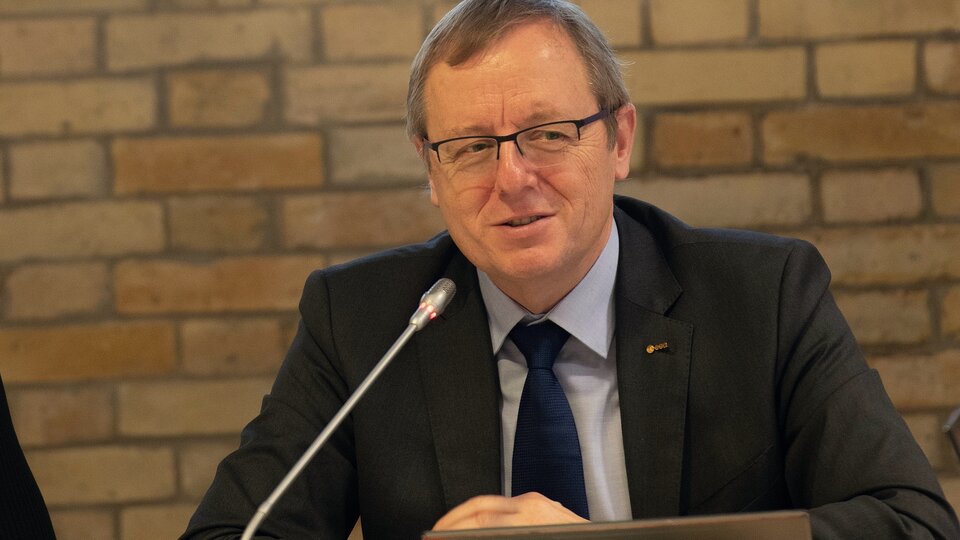
“Following the successful Space19+ Ministerial meeting, it’s time to plant the seeds for new programmatic decisions on new missions and new space projects,” remarks ESA Director General Jan Wörner. “This time we’re tapping into the insight, competence and creativity of industry, academia and private citizens to identify the best ideas for new space missions beyond our current planning or scope.” The scope of future space missions is figuratively and literally infinite. Proposed space mission concepts can also be outside of the current scope of ESA space missions, but they need to be within the mandate assigned to ESA by its Convention. 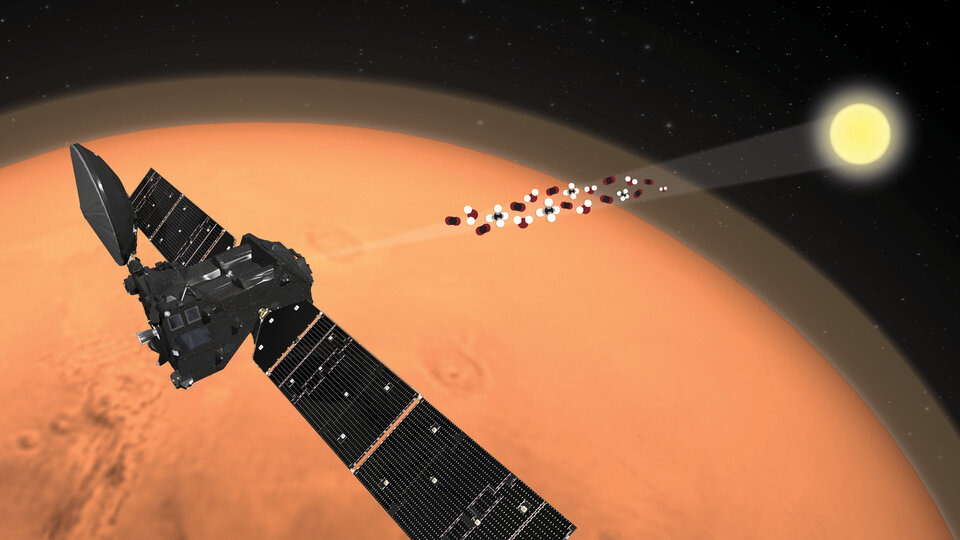
Missions might aim to solve a prevailing scientific puzzle, like ESA’s ExoMars Trace Gas Orbiter, seeking to pin down the source of mysterious methane emissions on the red planet. Or look back at the world in a new way, such as the Aeolus mission mapping wind fields from orbit. Or they can test out new ways of accessing space, as with the resuable Space Rider. 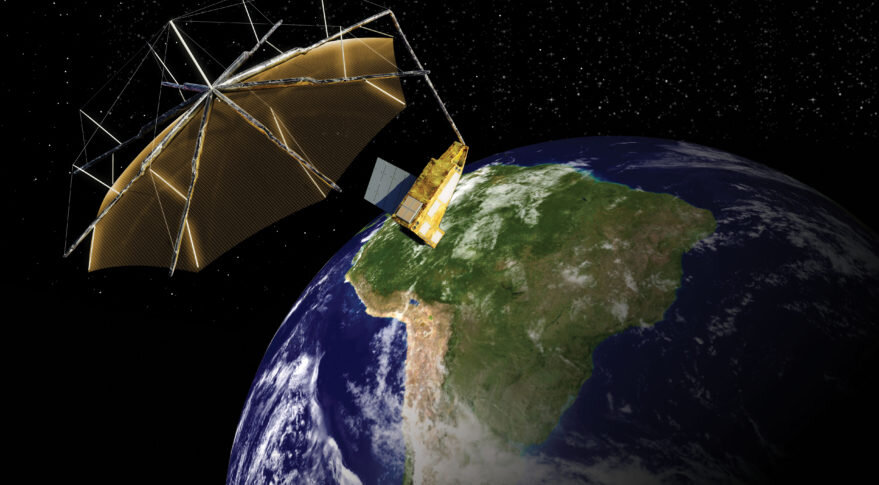
Novel technology is often a spur to new missions: ESA’s Biomass Earth Explorer mission will map all the trees on Earth through an innovative P-band synthetic aperture radar system. Or a mission might be chosen to prove a novel operating approach, as with the double-satellite Proba-3, which will demonstrate precision formation flying to form an artificial eclipse in orbit, to observe the Sun’s ghostly corona. Alternatively, missions can form the basis of space-based services, like ESA’s Telecom missions. For instance, the just-launched ESAIL microsatellite uses automatically-transmitted ‘AIS’ identification signals from ships as the basis of global maritime tracking. 
The smallest missions tend to be among the most experimental, such as CubeSat missions built up from 10-cm boxes, as the twin RACE CubeSats to demonstrate miniaturised rendezvous and docking, or PRETTY, employing reflected satellite navigation signals to gather details of the terrestrial environment. Missions today and tomorrow ESA has a solid and iterated plan for each its activity domains as well as a long-term plan covering the next 10 years. A short overview of the latest programmatic decisions of ESA can be found here and in the associated links. 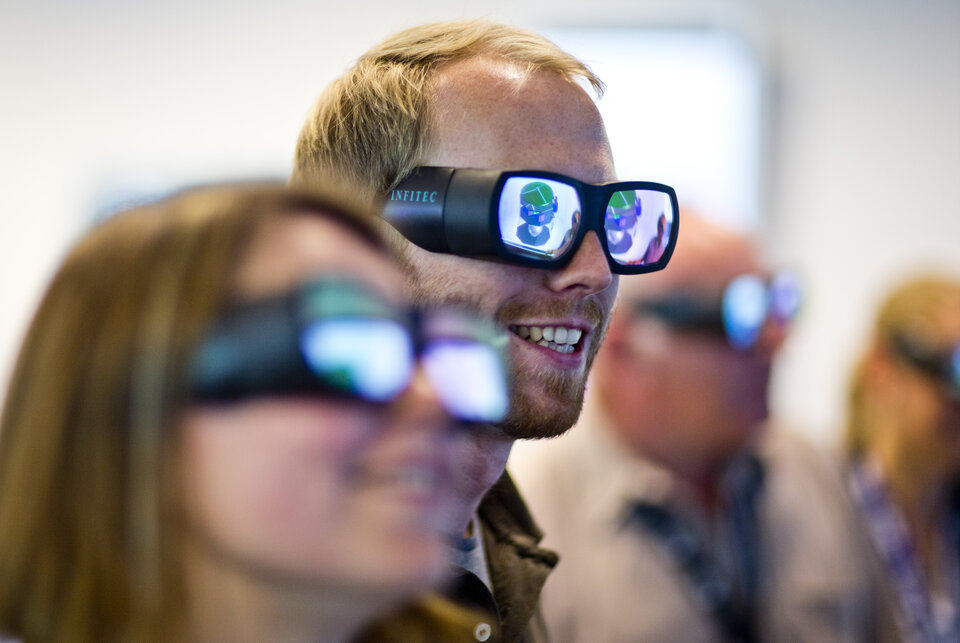
Practically all current ESA missions and programmes were first conceived, studies and prepared by the Agency’s Preparation element, serving as the birthplace of entirely new concepts and mission ideas. The most recent example includes for example the Hera mission in ESA’s new Space Safety and Security programme. Around every three years the decision is taken on which space missions to take forward, , by ESA’s Ministerial Council meetings. In advance the Agency’s Preparation element – part of ESA’s mandatory Basic Activities - supports by all Member States by performing internal Concurrent Design Facility studies or ‘pre-Phase A and Phase-A’ mission studies to make these decisions as informed as possible. These mission studies summarise all the basic mission requirements – all the factors needed to make it feasible – ahead of detailed design work. Given the uncertainties typical of early mission phases, they are often performed in parallel studies following different designs and approaches to find the best one. To learn more about how missions take shape, the executive summaries of these and many more studies are fully searchable and freely available via ESA’s Nebula database. 
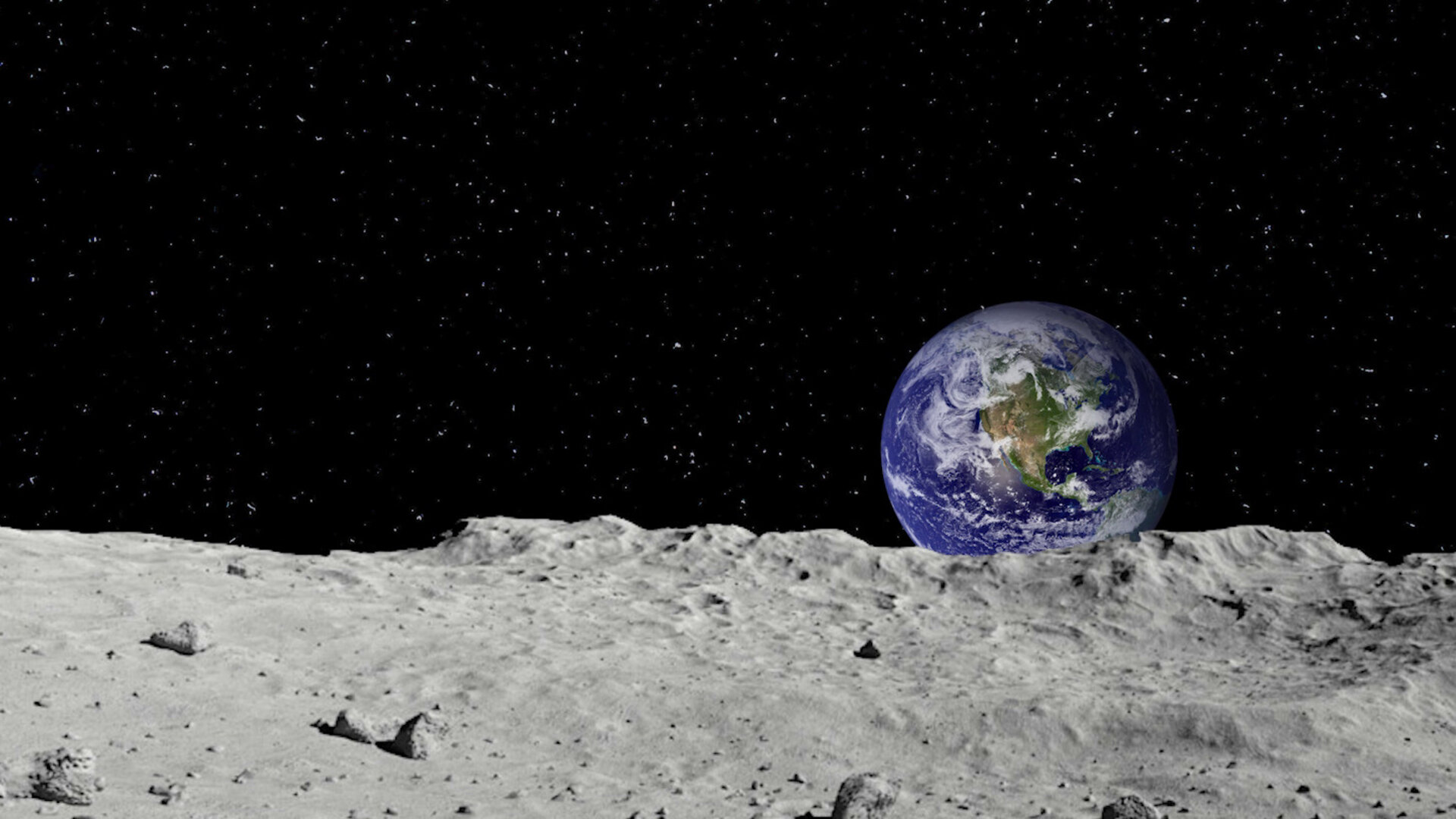
13 things you need to know about space
Access the video |
| URL | 查看原文 |
| 来源平台 | European Space Agency |
| 文献类型 | 新闻 |
| 条目标识符 | http://119.78.100.173/C666/handle/2XK7JSWQ/292208 |
| 专题 | 地球科学 |
| 推荐引用方式 GB/T 7714 | admin. Wanted: your ideas for ESA’s future space missions. 2020. |
| 条目包含的文件 | 条目无相关文件。 | |||||
| 个性服务 |
| 推荐该条目 |
| 保存到收藏夹 |
| 查看访问统计 |
| 导出为Endnote文件 |
| 谷歌学术 |
| 谷歌学术中相似的文章 |
| [admin]的文章 |
| 百度学术 |
| 百度学术中相似的文章 |
| [admin]的文章 |
| 必应学术 |
| 必应学术中相似的文章 |
| [admin]的文章 |
| 相关权益政策 |
| 暂无数据 |
| 收藏/分享 |
除非特别说明,本系统中所有内容都受版权保护,并保留所有权利。
修改评论